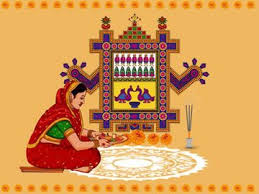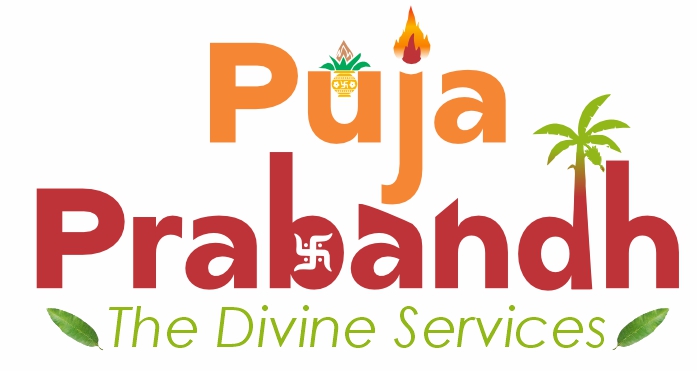
Ahoi Ashtami is a significant Hindu festival observed primarily by mothers, especially in North India. It falls on the Ashtami (eighth day) of the Krishna Paksha (waning moon phase) in the month of Kartik or Ashwin (October–November). The festival is dedicated to the worship of Goddess Ahoi Mata, who is believed to protect children and grant their well-being and longevity.
🕉️ Spiritual Significance
Ahoi Ashtami is a fasting and prayer day observed by mothers for the health, prosperity, and long life of their children. The festival celebrates the story of a devoted mother whose prayers and fast led to the return of her lost children, symbolizing faith, devotion, and maternal love.
🙏 Ahoi Ashtami Puja Rituals
- Fasting (Vrat):
- Mothers observe a strict fast from sunrise to the next day’s sunrise, often without water, to seek the blessings of Ahoi Mata.
- Drawing the Ahoi Mata Image:
- Early in the morning, a picture or drawing of Goddess Ahoi Mata is made on a wall or a wooden plank, usually depicting a mother with children and a tree.
- Puja Setup:
- The puja area is decorated with flowers, sweets, incense, and diyas (lamps).
- A holy thread (raksha sutra) is tied on the wrist.
- Offering to the Goddess:
- Offerings include fruits, sweets, dry fruits, and coconut.
- A special dish called Kheer (sweet rice pudding) is prepared and offered.
- Prayer and Storytelling:
- The legend of Ahoi Mata is recited, and prayers are sung.
- Mothers pray for the safety and prosperity of their children.
- Breaking the Fast:
- The fast is broken the next day after sighting the stars, following rituals that often include feeding Brahmins or the needy.
🌼 Message of Ahoi Ashtami
Ahoi Ashtami highlights the power of a mother’s love, faith, and devotion. It emphasizes the importance of patience, dedication, and divine blessings for the well-being and protection of children.

